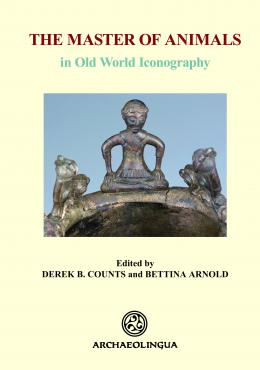The Master of Animals

The Master of Animals
| 11 443 Ft |
| Price |
Archaeolingua Series Maior 24
Budapest, Archaeolingua, 2010
Keménykötés | Hardback
261 oldal, színes és fekete-fehér illusztrációkkal | 261 pages with colored and grayscale images
ISBN 978 963 9911 14 7
Table of contents // Tartalomjegyzék
Description
Old World iconography from the Upper Paleolithic to the Christian era consistently features symbolic representations of both female and male protagonists in conflict with, accompanied by or transmuted partly or completely into, animals. Adversarial relationships are made explicit through hunting and sacrifice scenes, including heraldic compositions featuring a central figure grasping beasts arrayed on either side, while more implicit expressions are manifested in zoomorphic attributes (horns, headdresses, skins, etc.) and composite or hybrid figures that blend animal and human elements into a single image. While the so-called Mistress of Animals has attracted significant scholarly attention, her male counterpart, the Master of Animals, so far has not been accorded a correspondingly comprehensive synthetic study. In an effort to fill this gap in scholarship, The Master of Animals in Old World Iconography assembles archaeological, iconographical, and literary evidence for the Master of Animals from a variety of cultural contexts and disparate chronological horizons throughout the Old World, with a particular focus on Europe and the Mediterranean basin as well as the Indus Valley and Eurasia. The volume does not seek to demonstrate relatedness between different manifestations of this figure, even though some are clearly ontologically and geographically linked, but rather to interpret the role of this iconographic construct within each cultural context. In doing so, The Master of Animals in Old World Iconography provides an important resource for scholars confronting similar symbolic paradigms across the Old World landscape that foregrounds comparative interpretation in diverse ritual and socio-political environments.
| |
|
|
1067 Budapest, Teréz krt. 13. |
|
|
|
|
About us
The Archaeolingua Foundation and Publisher is involved in publishing series and standalone publications in the disciplines of archaeology, linguistics, historic sciences and heritage protection for over 25 years.
Learn more
Publishing
We publish both as standalone editions and as a volume of a professional series.
Learn more
Contact us
Archaeolingua Foundation

